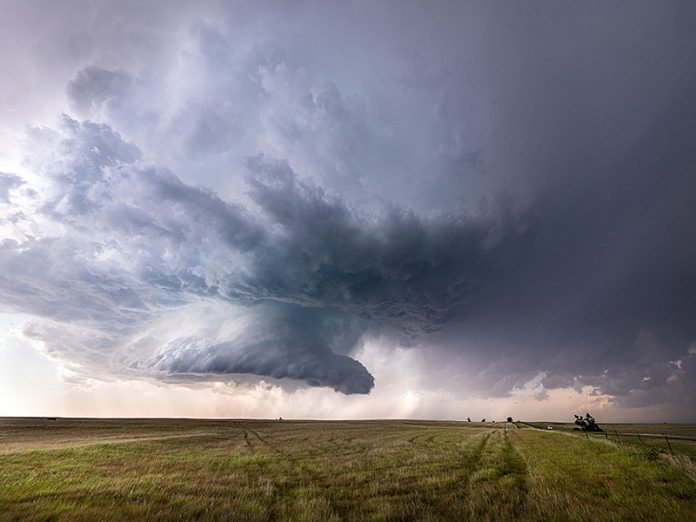
New study looks at why North America is the global tornado hot spot.
The eastern half of the U.S is one of the principal hot spots for severe thunderstorm activity, especially tornadoes, globally.
The standard explanation for this outcome is the combination high terrain to the west and the Gulf of Mexico to the south.
A study in the Climate and Extreme Weather Laboratory in the Department of Earth, Atmospheric, and Planetary Sciences in Purdue University’s College of Science largely overturns one half of this longstanding hypothesis.
Scientists use a global climate model to do climate simulation experiments testing this hypothesis: by either “flattening” the North American terrain or “filling in” the Gulf of Mexico with land.
The study shows that the potential for severe thunderstorms depends strongly on upstream elevated terrain but surprisingly weakly on the Gulf of Mexico.
Removing elevated terrain substantially reduces severe thunderstorm environments especially over the continental interior, associated with a cooler and drier atmosphere.
Replacing the Gulf of Mexico with land primarily shifts severe thunderstorm environments slightly eastward from the central Great Plains into Illinois, though it does reduce them over southern Texas.
This study makes clear that we have much more to learn about why North America is a hot spot for severe thunderstorms and tornadoes and, more generally, how severe weather may change in the future due to climate change globally.
The bottom line is that the eastern United States is a hot spot for severe thunderstorms and the reason is much more closely tied to the terrain of North America, rather than the presence of the Gulf of Mexico.



